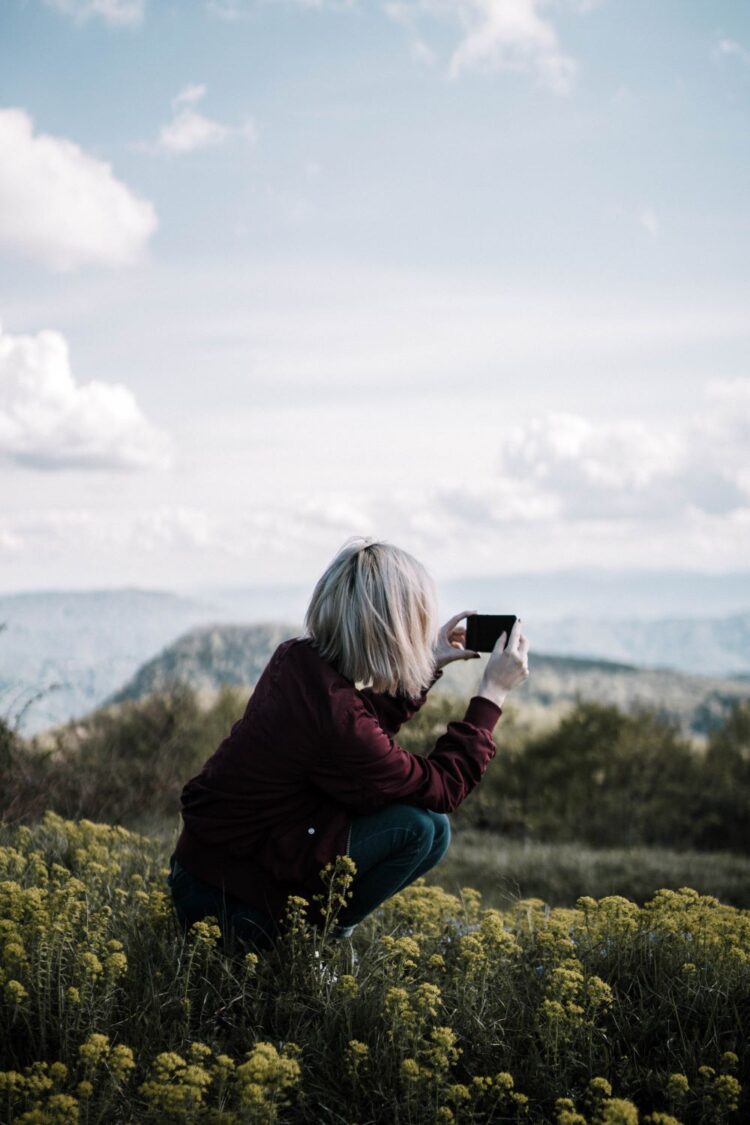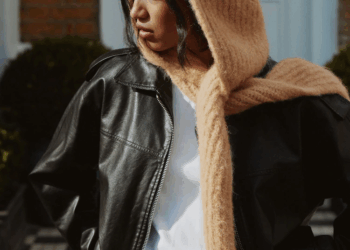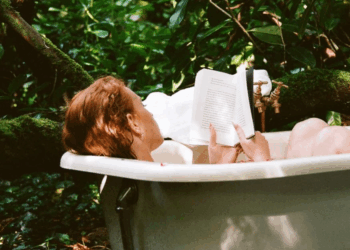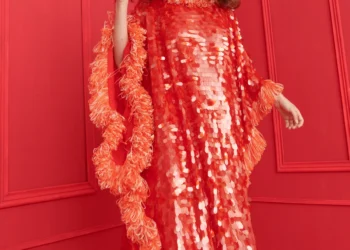Here are some smart hacks to upgrade your skills with your camera phone
This week, we headed along to the exciting launch of Google’s latest phone release, the Pixel 7a. Our minds were blown as we heard of the latest camera features, such as Magic Eraser, which rids your pics of any background distractions, or Photo Unblur, which takes blurry photos – even old ones from the archives – and gives them a new lease of life. There’s also a powerful Night Mode and Real Tone, to represent all skin tones beautifully. Better yet, for such an exceptional camera, the price tag is reasonable, coming in at €509.

Joining us on the day was renowned Irish photographer Ruth Medjber (@ruthlessimagery), who gave a masterclass on how to improve in taking camera phone photos. We were all ears as she shared her expertise; here are some of Ruth’s tips that will have you snapping like a pro.
If you can shoot in RAW mode, do
The most common file format is JPEG, where your smartphone compresses the data captured by the camera into a smaller, easier-to-manage file, before it processes the image using contrast, saturation and sharpness. Ruth recommends switching this over to shoot in RAW, for higher quality images with more details in the shadow, which will give you more flexibility when editing.
Look for the light
This can make or break a good photo, particularly a selfie. “Find your light,” Ruth implored. “Windows are your best friend!” She says to not take a selfie in harsh sunlight, move into the shade, and always take advantage of golden hour (sunset or twilight) which is the most flattering light there is.
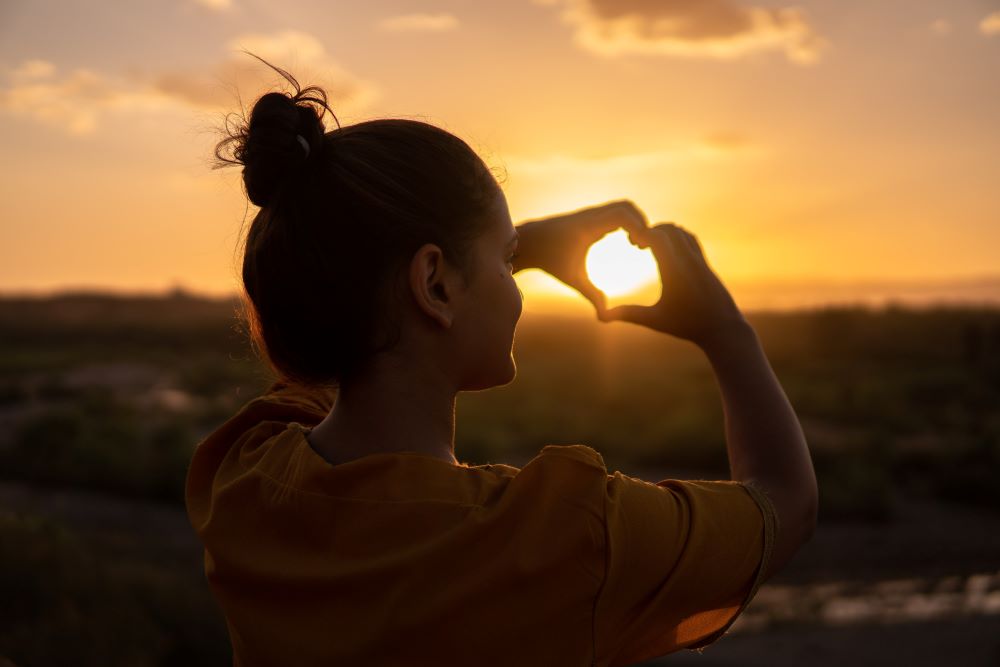
Use props
The most unlikely tool to take a great self portrait? A shoe! Or a cup. Pop your phone into one to ensure that it’s steady, turn on the timer and position yourself; this is also great for group shots. And if you’re taking a selfie but notice shadows appearing on your face, Ruth advises to use a white pillow; hold it up out of shot to the side of your head to bounce the light back into the face.
Choose your composition
This may not be something you’ve ever considered, but it’s worth thinking about to elevate your photos to the next level. Ruth suggests choosing your style of composition before taking a shot: for example, you could opt for your subject to be in the centre of the photo, which involves balancing left and right or the top and bottom part of the image. Or you could go for ‘leading lines composition’, where human-made or natural lines lead the viewer’s eyes through a photograph to the subject. There’s also Rule of Thirds, Ruth’s admittedly least favourite style, where you position your subject in a third of the frame.
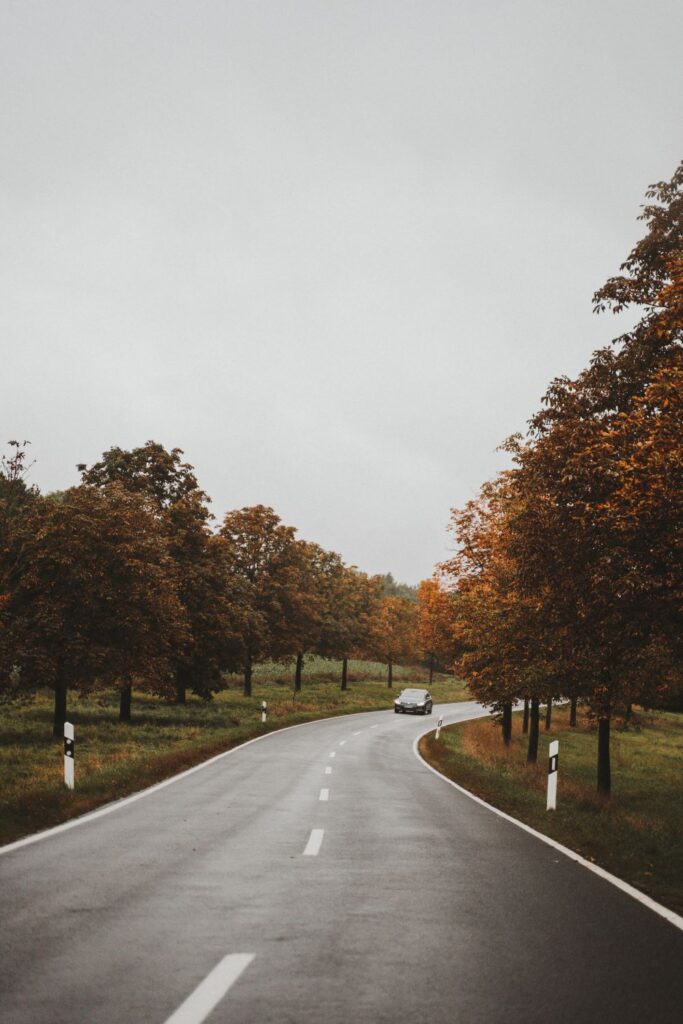
Post production
Spend a bit of time on editing your pics and you’ll totally transform them. As Ruth explained, that doesn’t mean filtering them beyond recognition, but rather making some simple changes, like blurring the background slightly, or using vignette to zone in on the subject.
The most important advice from Ruth, though? Take your time! Don’t rush it. Enjoy the process, and experiment; try new angles, new compositions and you may just surprise yourself with what you capture.

